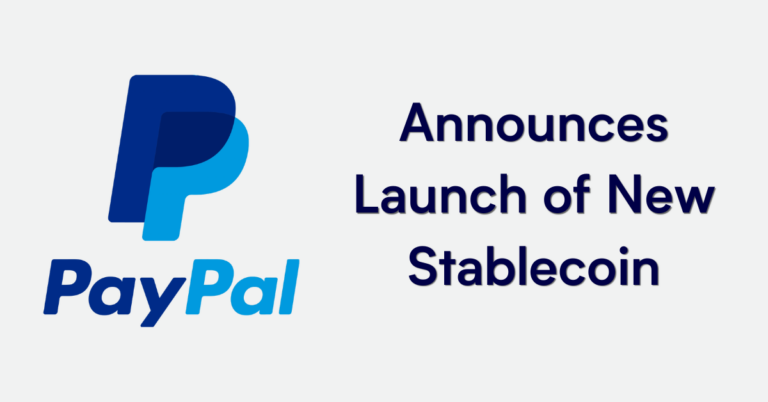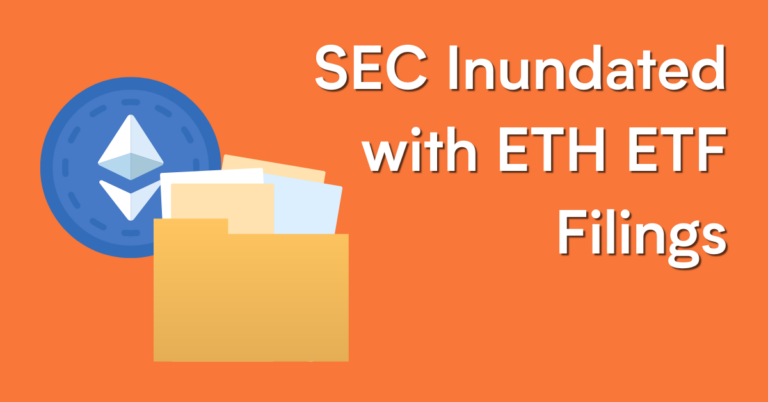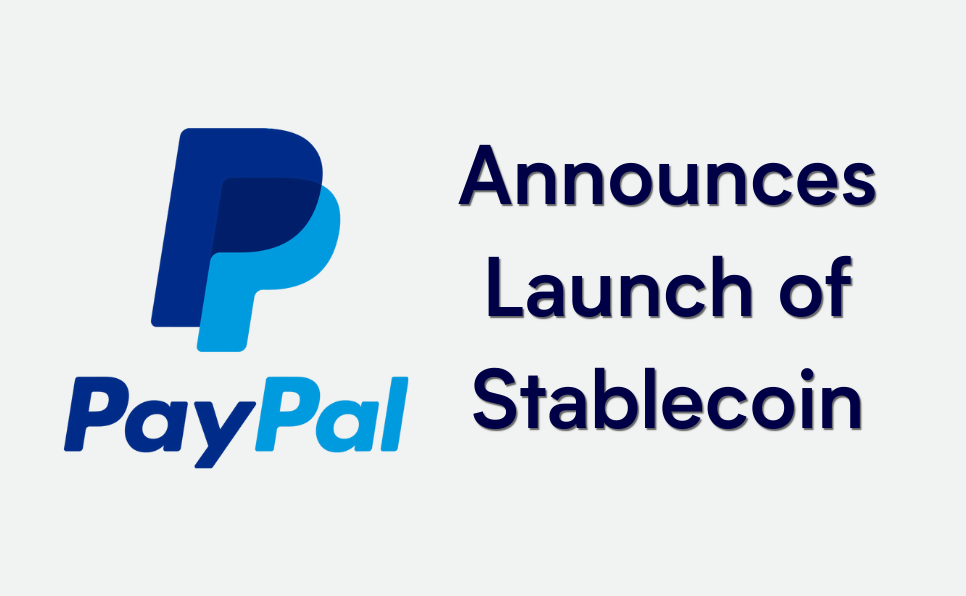Welcome to This Week in Crypto, your go-to newsletter for the latest developments in the exciting world of cryptocurrencies and blockchain technology. In this week’s edition, we bring you three significant stories making waves in the crypto space. First, we delve into PayPal’s groundbreaking move as it introduces PayPal USD, a stablecoin designed to foster mainstream adoption of digital assets. Next, we explore the recent milestone in Litecoin’s history, as it undergoes its third halving and reduces block rewards. Finally, we dive into Ethereum ETFs, with the SEC receiving a flurry of applications for futures-based funds. Join us as we unpack the implications of these developments and provide you with a comprehensive update on the ever-evolving world of cryptocurrencies.

PayPal Introduces Fully-Backed Stablecoin for Digital Payments
PayPal has introduced PayPal USD, a stablecoin fully backed by U.S. dollar deposits, U.S. Treasuries, and cash equivalents. Eligible U.S. customers can now use PayPal USD for various transactions, including transfers between wallets, person-to-person payments, funding purchases, and converting supported cryptocurrencies. The stablecoin aims to bridge the gap between fiat and digital currencies, offering seamless connections and reducing friction for digital payments. With its compatibility with web3 environments, PayPal USD can be adopted by exchanges and integrated within the PayPal ecosystem. The company emphasizes regulatory compliance and transparency by working with Paxos Trust Company, which will publish regular Reserve Reports and third-party attestations for PayPal USD’s reserves.
PayPal’s foray into the world of stablecoins with the introduction of PayPal USD signals an important step in the maturation of the crypto and web3 space. As a prominent and well-established payments firm, PayPal’s stablecoin adds credibility to the burgeoning world of digital assets.

Litecoin's Third Halving Marks Key Milestone in Crypto History
Litecoin, one of the oldest and largest blockchains, has recently undergone its third halving, a significant event in its 12-year history. The halving, which is programmed into Litecoin’s underlying code to occur approximately every four years, reduces the block subsidy from 12.5 LTC to 6.25 LTC. While this cut in rewards may reduce incentives for miners, it ultimately benefits the project by promoting mass adoption without compromising the blockchain’s security.
Litecoin’s halving took place when the network reached block height 2,520,000 on Wednesday, August 2nd. Although some analysts may not view Litecoin as the most technologically promising blockchain, its longevity and status have kept it relevant in the crypto community. The native LTC cryptocurrency remains one of the most valuable in the industry, with a market capitalization of about $6 billion.
Litecoin founder Charlie Lee believes that the halvings help achieve mass adoption without compromising network security. By gradually reducing the pace of new issuance, Litecoin aims to encourage enough on-chain usage to generate sufficient fees that can eventually replace the reduced block rewards for miners. The halving’s impact on miner incentives was expected, and it aligns with the original vision laid out by Bitcoin inventor Satoshi Nakamoto, whose code served as the basis for Litecoin’s development.

Ethereum ETF Wave Hits SEC as Major Firms Seek Futures-Based Funds
The United States Securities and Exchange Commission (SEC) has received an influx of applications for Ethereum futures exchange-traded funds (ETFs), with a total of 11 filings submitted in less than a week. One of the recent applications comes from ProShares, proposing an equal weight Bitcoin and Ethereum ETF that tracks the performance of long positions in the nearest maturing monthly bitcoin and ether futures contracts.
ProShares is among several companies that have filed for Ethereum-based ETFs recently. The past seven days have seen a total of 11 Ethereum-related ETF filings, all of which are for futures ETFs. Notably, the SEC has never approved an ETF that tracks Ethereum futures contracts, while Bitcoin futures ETFs have been available since October 2021.
If the SEC doesn’t deny any of the applications, the Ethereum ETFs are expected to launch 75 days from their respective filing dates. Volatility Shares’ ETF is set to be the first to launch on October 12. However, it’s important to note that futures ETFs track the price of futures contracts, while spot ETFs involve purchasing the underlying asset, making spot ETFs more widely viewed as valid since they involve holding the actual asset.
This surge in Ethereum-focused ETF applications follows a frenzy of filings from major asset management firms seeking to launch spot Bitcoin ETFs.




